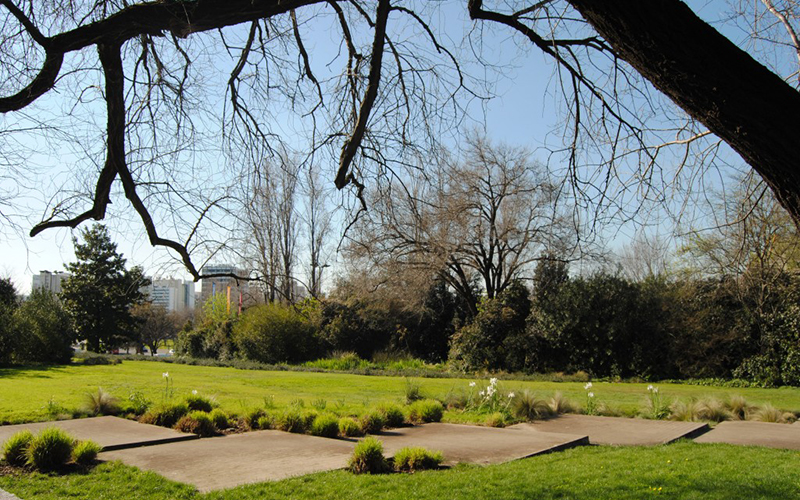

The rim itinerary
A feeling of limit, extremity, border is common to the various interpretations of the word rim.
This idea of finiteness in the semantic interpretation of the word rim gains in dimension and importance when one speaks of the rim of a garden.
For the epithet of “Eternal Spring” that any garden has, or desires to have, very often finds realization in nature and in the presence of the defining limit.

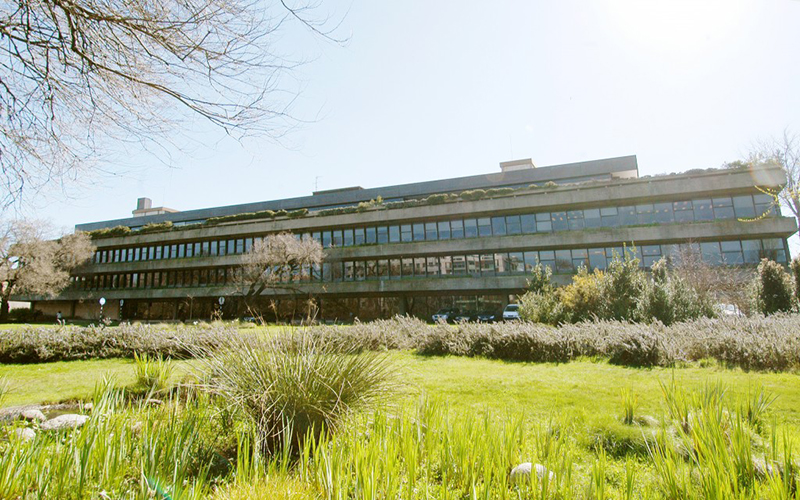
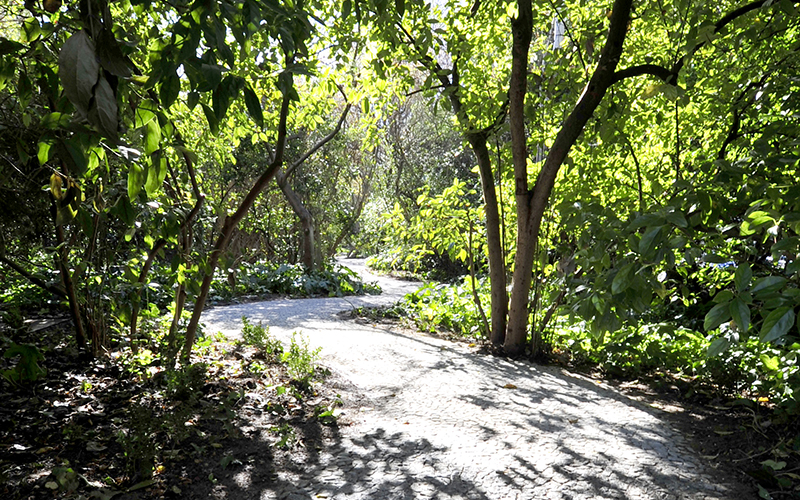
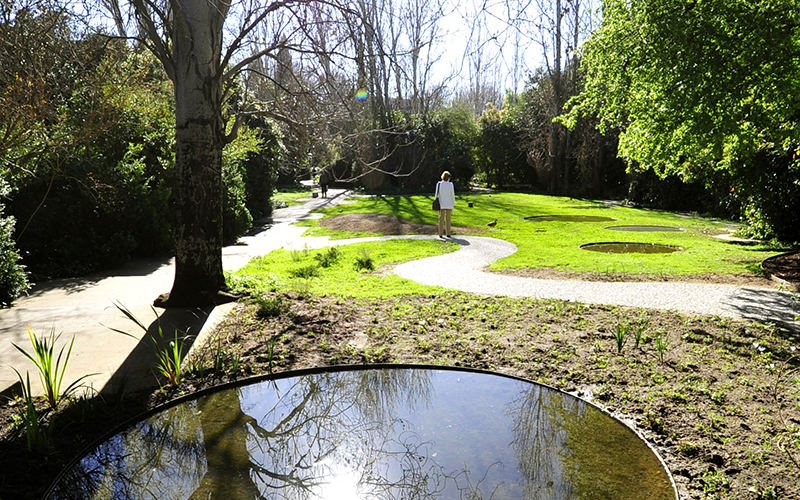
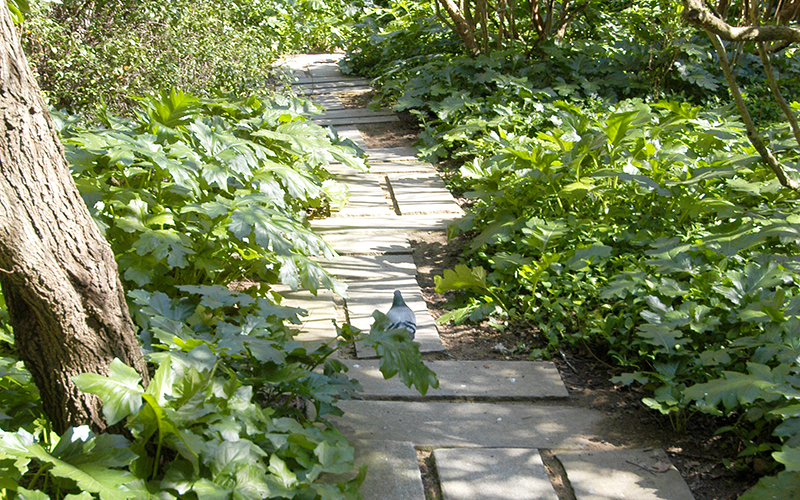
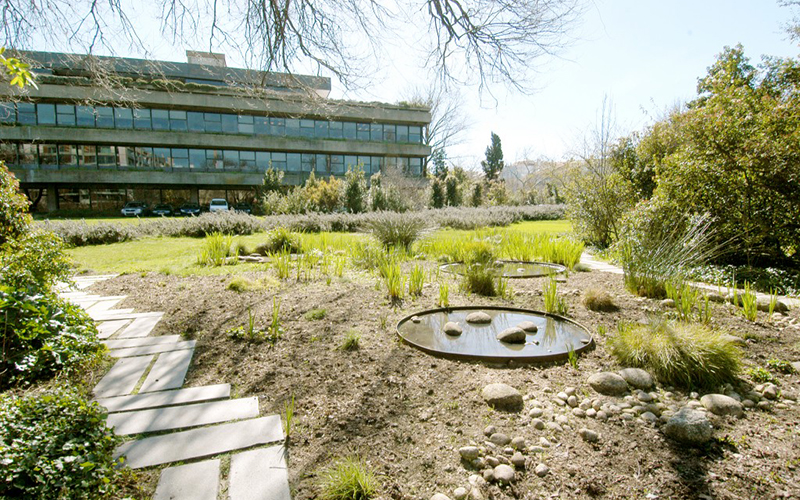
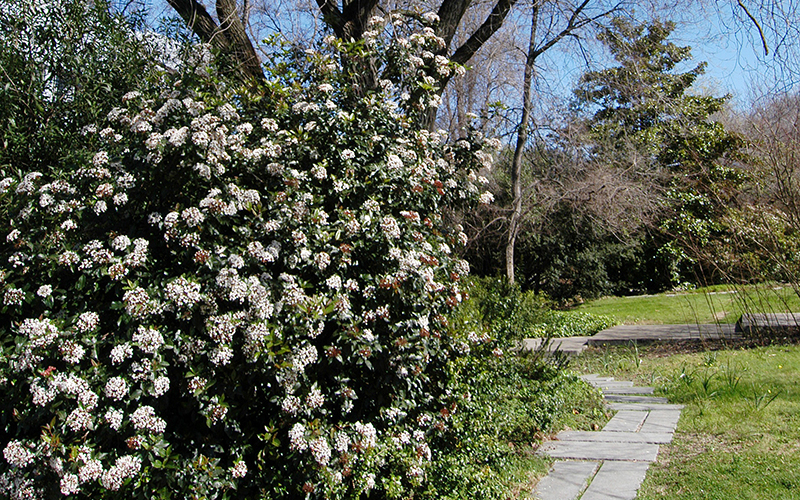
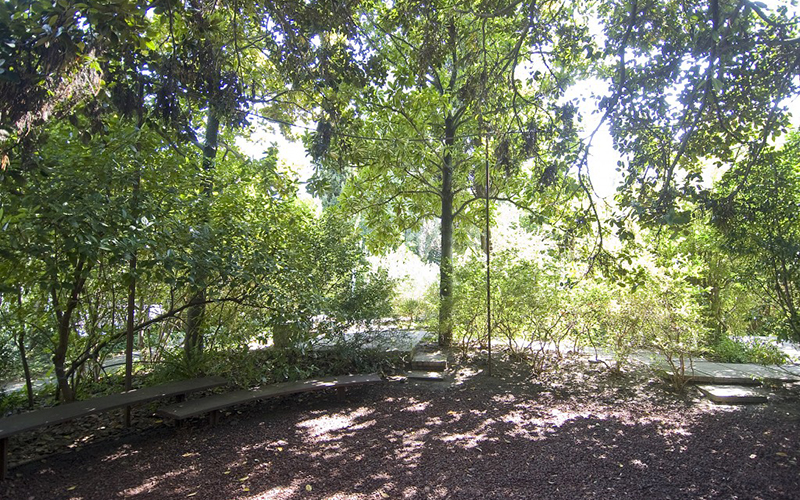
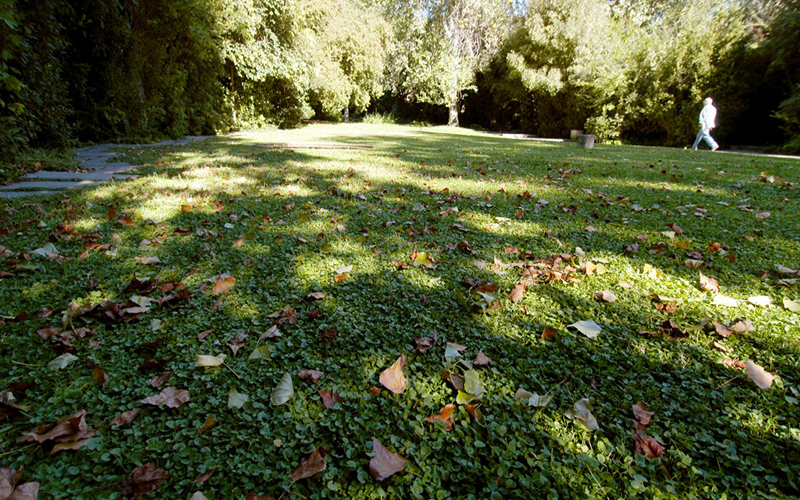
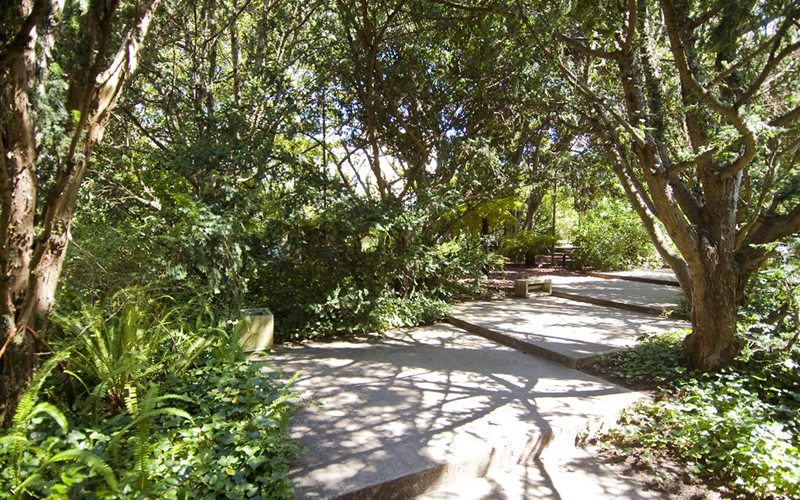

January 1962 was when António Barreto and Ribeiro Telles ordered 330 trees and 100 shrubs from the Jardim Primavera company for the purpose of beginning the plantation of a full and well-constituted vegetation border, above all in the west, north and east sections, that would protect the garden from external aggressions.
Almost fifty years later, that “hedge” has gained in volume, dimension and development thanks to the permanent work of nature on the structure the designers had idealized. This ongoing construction is not a peculiarity of this garden. On the contrary, it is common to all gardens. However, here it emerges with greater expression and greater strength, generating spaces with maturity, temporal density and a greater degree of complexity, heterogeneity and diversity. For Gonçalo Ribeiro Telles, they must be revealed and experienced. They must be opened to the public, for they reveal the construction and spatiality that nature has created over a period of fifty years. This perception is fundamental for creating awareness of the garden as a living, dynamic and, consequently, mutating system.
Whereas the two previous itineraries, for the most part, were those defined in the initial design project, this one is completely new and it reveals places and moments that were never experienced before. It is part of the new interventions that began in the year 2000. Taking this route is revisiting a habitat that is familiar to man, for, as Ribeiro Telles says, “we are an animal on the edge”. But it is also experiencing a space of transition between two antagonistic works that complement each other. A line of contact between the wood and the clearing, the rim is a world of contrast — between light and shade, coolness and heat, seeing and being seen, seclusion and sociability — and ecological diversity. The route stretches from the west entrance to the garden facing the 17th century palace that is the Spanish Embassy, to the gate on the eastern side opening onto Avenida Marques Sá da Bandeira. The protective rim of the garden is always with us along the way. Here and there, the path makes incursions into the interior, but most of the time we experience the exterior. Narrow secondary paths, made of small slabs of granite, invite us to immerse ourselves in the outermost zones of the garden. Next to the northern boundary, the rim that has grown freely over the last fifty years has given rise to a small, but in botanical terms very heterogeneous, wood environment. A gently undulating and colorful meadow covers the clearing, which has been on top of the underground car park since 2002. Its floral composition and the different grasses and other herbaceous species that make up the chunks of color that frame and penetrate the meadow, give the area its seasonal mutations, which, in turn, give us a notion of the passage of time — not only over the duration of one day, but throughout the whole year.
The statue of Calouste Sarkis Gulbenkian by the master sculptor Leopoldo de Almeida, which was transferred to his spot when construction work on the Modern Art Centre commenced, greets those entering the city center from Praça de Espanha. The Foundation’s Headquarters building features prominently in this stretch of the itinerary, revealing the role of integration of the building into the landscape performed by this part of the garden. It is in the interior of the rim on the northern limit of the garden that we are surprised by little unexpected secluded and intimate retreats.